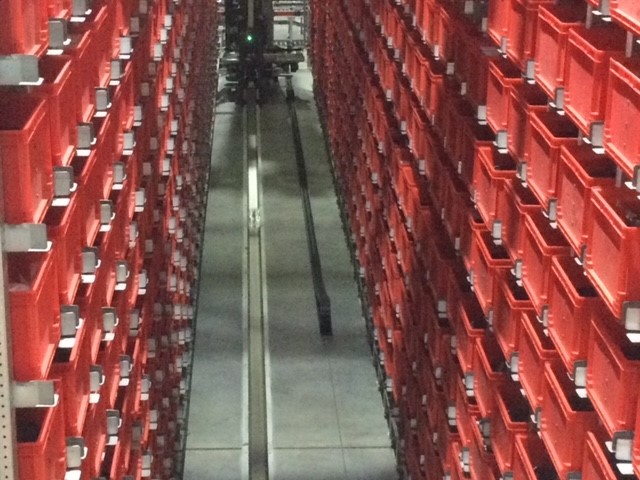autoglide 5: Small lane, big effect!
Christian Strauch | 18. February 2022
Why is the autoglide 5 so interesting, especially for short to medium lanes?
Explaining this requires some maths:
Example:
A travel distance of 50 metres with a busbar system compared to 50 metres with the autoglide 5:
Busbar system:
What is needed?
The busbar system itself: about 50 euros/metre = 2500 euros!
Optical data transmission: about 700 euros
Pantographs: about 300 euros
Busbar system installation: three metres per hour; hourly wage: 40 euros/hour = 650 euros
Total: about 4150 euros
autoglide 5:
- Harnessed energy chains including cables and data cable: about 70 euros/metre
- Assembly: about three hours (for inexperienced personnel): about 150 euros!
Total: 3650 euros
Conclusion: Energy chain is cheaper

This is a simplified example calculation without any claim to absolute accuracy, so a reader may remark, “He’s been awful generous with his estimates.”
But I really have not. The thing is, optical data transmission, which is quite expensive, has a high per-metre fixed cost component for small and medium lanes. The autoglide 5 uses a bus cable, which is included in the per-metre calculation and is inherently much cheaper than an optical data transmission system.
So the shorter the lane, the more most cost-effective it is to use the autoglide 5 instead of a busbar system. The break-even point is somewhere beyond 80 metres. It is impossible to say exactly where it is because every producer has different purchasing conditions – there are busbar system manufacturers and data light barrier manufacturers.
For short and medium lanes, the autoglide 5 is without rival!

